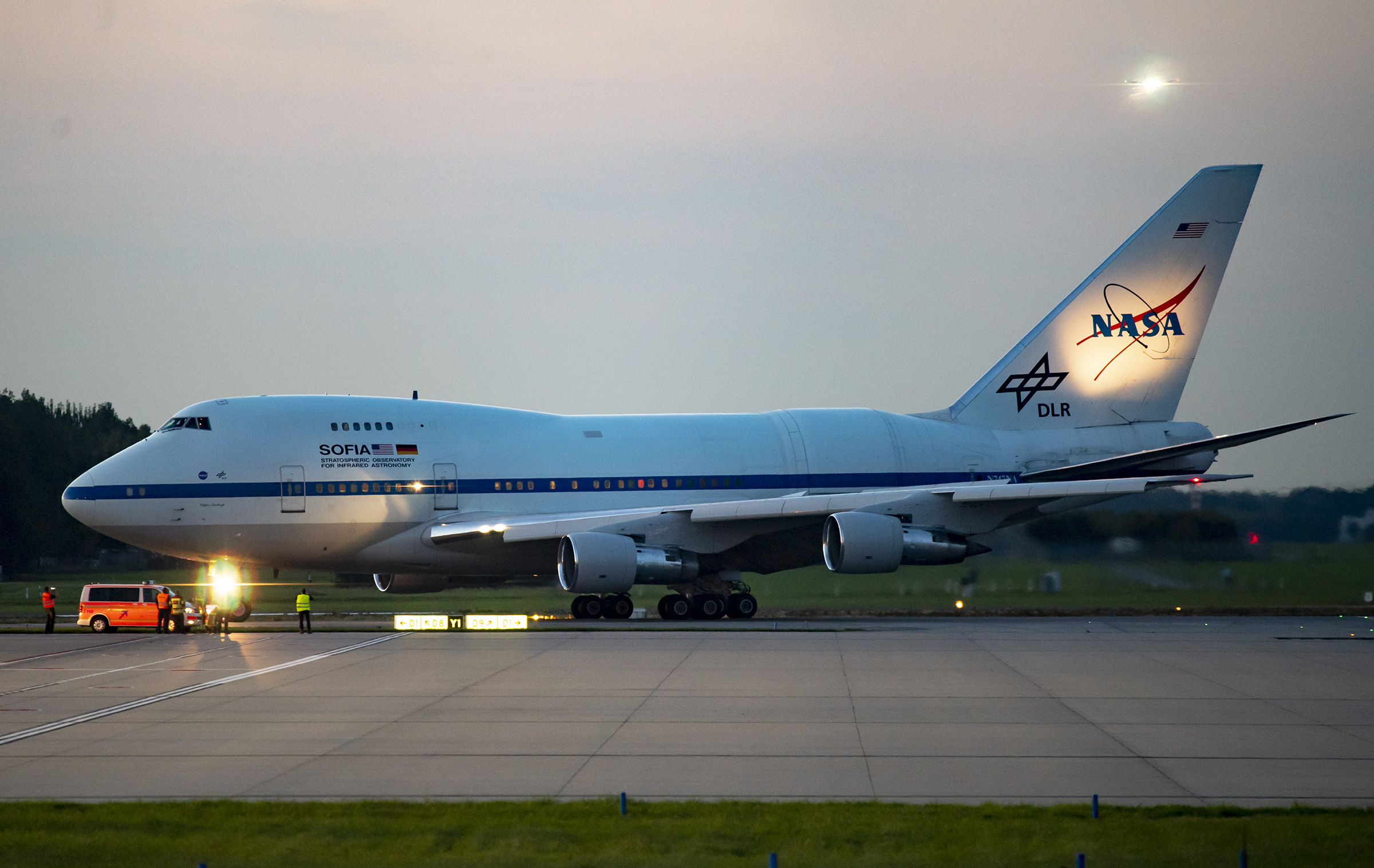Since its first flight in 2007, NASA’s Stratospheric Observatory for Infrared Astronomy, otherwise known as SOFIA, has observed the universe from 41,000 feet above the Earth’s surface. Now, the unique space telescope housed in a modified Boeing 747 has taken its last flight. In honor of the flight, NASA has shared some of the most breathtaking SOFIA telescope images captured in the last decade.
SOFIA has been an innovative way to look at the universe using infrared, the same technology that now powers NASA’s James Webb space telescope. Unlike ground-based telescopes, which can’t see through the water vapor in the Earth’s atmosphere, SOFIA observed space from over 40,000 feet above the ground. This allowed it to see through the atmosphere more clearly, capturing a much better view.
With SOFIA grounded, NASA astronomers will continue combing the data that the flying space telescope captured. But, in the meantime, NASA has shared a few SOFIA telescope images that you need to see for yourself.
NASA shared the images on Instagram. The first image in the short collage is of Centaurus A, a galaxy that features dark orange-red dust lanes through a blue exterior. Centaurus A looks absolutely beautiful in the image, and NASA followed it with a 3D image of the Orion Nebula. We recently saw a James Webb image of the Orion Nebula, and it’s fantastic to see another of it here again but in 3D.

Both James Webb and the SOFIA space telescope view the universe through infrared light, giving them a unique ability to peer into the early universe. The third SOFIA telescope image featured on Instagram is of a cigar galaxy. In the image, you can see how the intense outburst of a star has created a beautiful and unique look that is surrounded by rings of starlight.
To capture these SOFIA telescope images, astronomers would board the massive space telescope – it was the world’s largest airborne telescope – and then fly through the dark of night. This allowed the crew aboard to capture data using the telescopic mechanisms built into the side of the aircraft. It has provided astronomers with a ton of data, and NASA says we’ll be unpacking it for years to come.








